
- Home
- Author
- A.a. Milne (4)
- Agatha Christie (2)
- Beatrix Potter (3)
- Charles Dickens (5)
- Enid Blyton (3)
- Ernest Hemingway (2)
- F W Boreham (3)
- Fyodor Dostoevsky (2)
- Gwen White (2)
- J.k. Rowling (17)
- Joel Chandler Harris (2)
- John Cowell (2)
- Lewis Carroll (3)
- Martin Parr (2)
- Robert Bowyer (2)
- Rudyard Kipling (3)
- Stephen King (11)
- Susan Cooper (2)
- Thompson, Jim (2)
- Unknown (4)
- Other (3137)
- Brand
- Department
- Handedness
- Model
- Batman (2)
- Camaro (2)
- Casio G-shock (3)
- Chevrolet Camaro (3)
- F30 Traxion (4)
- Game Gear (6)
- Ll1036 (2)
- Microsoft Xbox (4)
- Microsoft Xbox One (2)
- Nike Air Max 90 (3)
- Nintendo Gamecube (4)
- Nokia 8800 Sirocco (6)
- Oakley Antix (2)
- Pobeda 2603 (3)
- Seiko Prospex (4)
- Sonos Play:1 (4)
- Sony Playstation 4 (3)
- Steinhart Ocean 39 (5)
- Swatch Originals (4)
- Viper (4)
- Other (3143)
- Shaft Material
The Big Con by David W. Maurer 1940 1st Edition VERY RARE
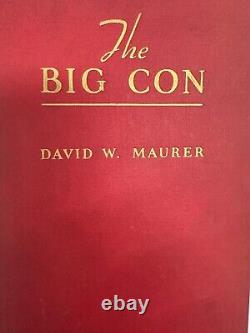
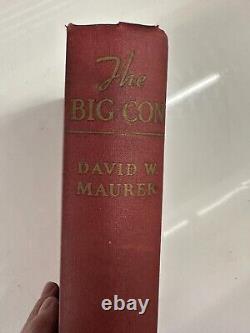
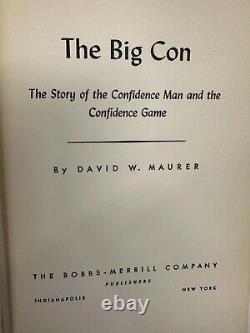
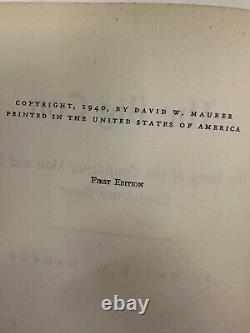
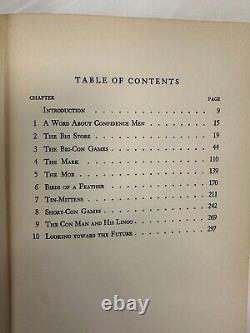


The Big Con by David W. Good condition -- see all photos and video.
This is not one of the many reprints issued later. This is the actual 1. This has been deemed a culturally and historically important book. The photos you see here are photos of the actual book that you will receive. Many book sellers online post using stock photos that often don't resemble the book you actually receive.
"The Big Con" by David W. Maurer, first published in 1940, is a seminal work that explores the intricate world of confidence games, grifters, and con artists in America during the early 20th century. Maurer, a linguist by profession, delves deep into the language, psychology, and techniques employed by con men to deceive their marks, also known as the big store. The book provides detailed insights into various classic con games, such as the "big store, " the "wire, " and the "rag, " among others, explaining the mechanics of each scam and the psychology behind them.
Maurer's analysis goes beyond mere description, as he delves into the cultural and societal factors that contribute to the success of confidence games. "The Big Con" is not only an exposé of the underworld of con artistry but also a fascinating study of human behavior, trust, and deception. Maurer's writing style is engaging and authoritative, making the book both informative and entertaining for readers interested in the psychology of persuasion and the darker side of human nature. Overall, "The Big Con" remains a classic and indispensable resource for anyone seeking to understand the art of the con and the timeless allure of the confidence game. This classic work of urban anthropology is a treasure trove of American lingo (the write, the rag, the payoff, ropers, shills, the cold poke, the convincer, to put on the send) and indelible characters (Yellow Kid Weil, Barney the Patch, the Seldom Seen Kid, Limehouse Chappie, Larry the Lug). It served as the source for the Academy Award-winning film The Sting (1973).The definitive non-fiction book on various cons of the day, renowned as the source for the cons in the 1973 George Roy Hill film, The Sting, starring Paul Newman and Robert Redford, the story for which was based on an original screenplay.

